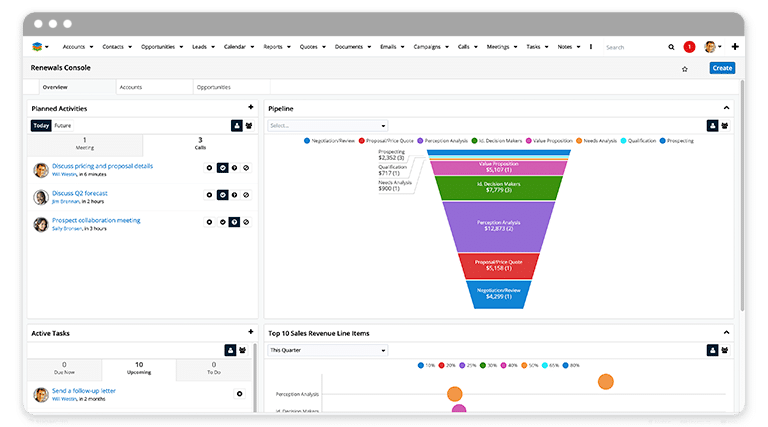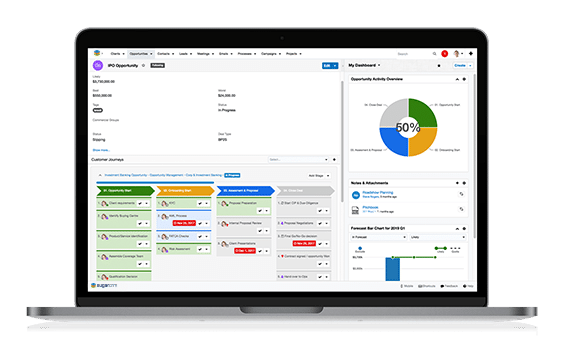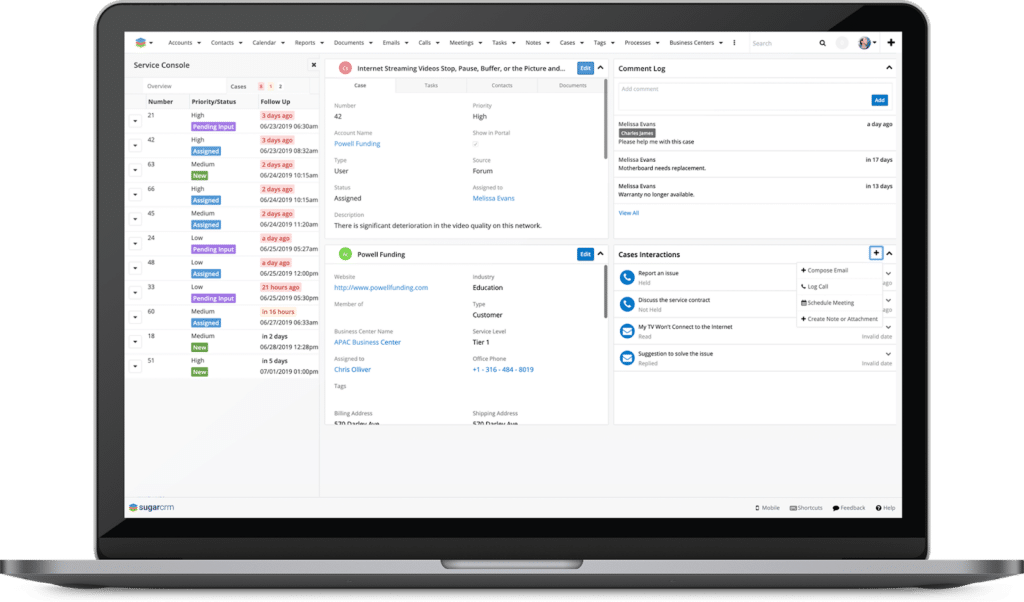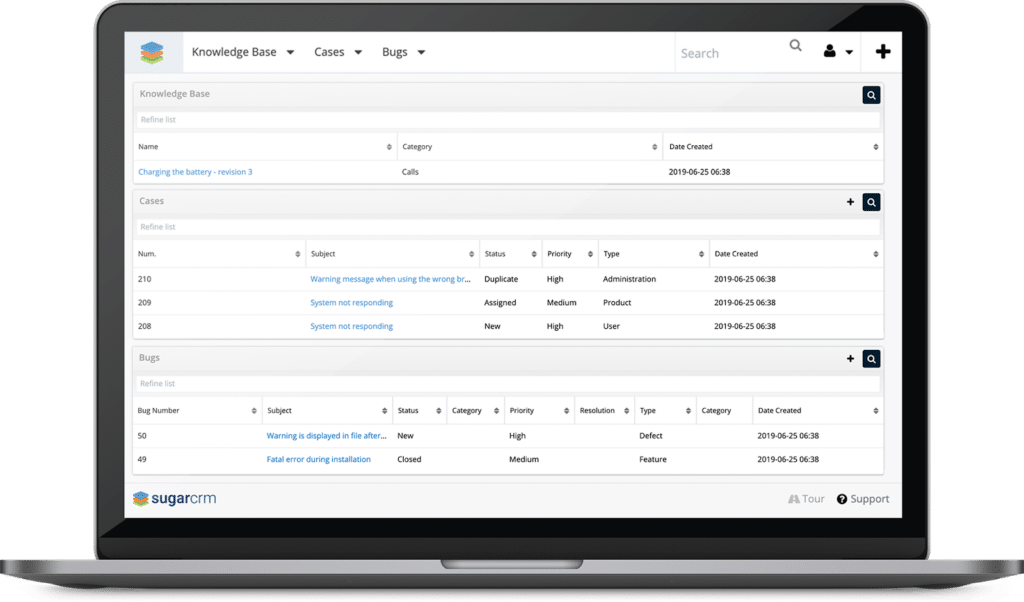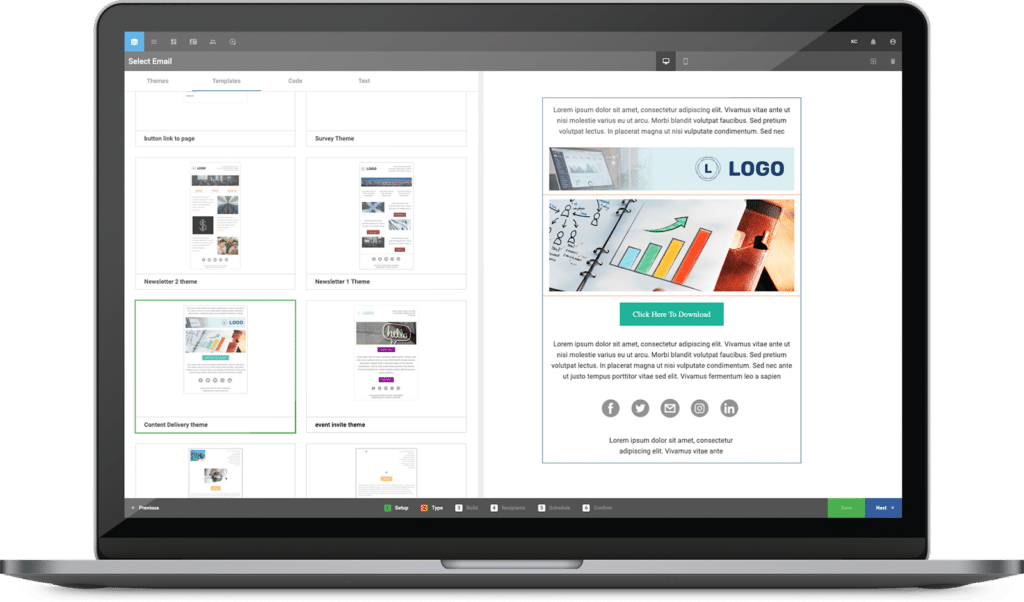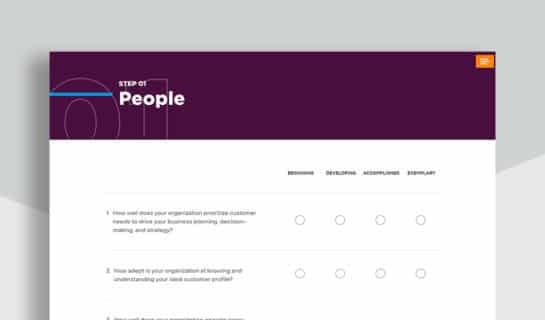Understanding and Improving Customer Experience
A customer-centric mindset appears to be one of the biggest differentiators between direct competitors in markets across the world. Businesses today rely on customer experience to attract, convert, and retain new customers and potentially boost ROI. But what is customer experience exactly, and how can you improve it to deliver the experience your customers crave?
What is Customer Experience?
Customer experience is the overall experience and impression a person (or business) is left with after interacting with your company and brand across their lifecycle as a customer. At Sugar, we define customer experience as: A lifetime commitment to our customers to provide value and support that gives them an effortless experience.
Today, 43% of the customers are willing to pay more for a product or service if they also receive better customer service. However, only a small percentage of the customers questioned are happy with the interactions they have with brands today. It’s a startling realization that brands are not living up to the experiences that customers want but companies can take charge now and learn how to improve their customer experience.
The solutions below are just the start of how your company can improve internal business processes to deliver a better customer experience to customers and create customers for life.
What Makes Customer Experience Great?
The tricky part about providing customer experience is realizing that you can’t invest in a single measure and magically transform the way customers think about your brand. Customer experience isn’t totally up to just the service that you provide because it directly relates to the customer perception of your brand. Different teams must coordinate their efforts and strategies to reach the “pot of gold” at the end of the customer experience rainbow. Thus, make sure that you approach customer experience with all its components. In order to be successful, customer experience needs the following:
- A good sales strategy
- Smooth customer service interactions
- A marketing strategy that truly reflects your brand
Understanding that every department within your organization is essential to your customer experience is a great place to start. To learn how you can continue the momentum of customer experience within your brand, check out Building for Momentum, a free high-definition customer experience resource.
Improving Customer Experience Begins with Current Customers

It’s important to have an articulated strategy for each department on how they will interact with customers to create advocates. However, don’t overlook having the tools for each team to build customer relationships and enhance processes throughout the company. Having a customer experience strategy is the place to start but it really comes down to creating customer advocates by allowing them to easily and effortlessly interact with your brand.
Tools for Improved Customer Experience
Since you can automate virtually any internal process, be aware of your automation options regarding the three key elements mentioned above—sales, customer service, and marketing. And as always, a flexible and intuitive CRM tool is the binder you need for those specific elements.
At its core, Sugar is a CRM built upon companies’ need to deliver improved interactions with their customers. But dedicated Sales, Support, and Marketing software integrated with Sugar can help you enrich your customer experience.
1. Sugar Sell
Sugar Sell gives your sales representatives the insights they need to follow, document, and follow up on their sales trends, projections, and progress.
It integrates multiple dashboards that serve different purposes and offers a complete sales force automation experience. Using Hint, Sugar Sell can eliminate manual data entry and gather information from social media accounts, news sources, and more, to offer deeper customer and prospect insights to your sales representatives. With Sugar Connect, Sugar Sell can also integrate with Google G Suite or Microsoft Office 365 for easy access to your Sugar data directly from your email client. Additionally, SugarPredict is an exclusive artificial intelligence engine driving results directly from your CRM data to provide you actionable insights regarding customers and which leads to follow up with.
The system offers customer journey mapping capabilities, allowing your sales reps to get a better grip on key internal processes such as Territory Mapping and Account Mapping.
All these features enable sales representatives to get a better picture of each customer’s journey throughout the pipeline and guess their next need and demand, even before they become aware of having those needs.
2. Sugar Serve
Sugar Serve is a complete Customer Support tool, offering easy access to multiple dashlets, reports, and case overviews. Its extended Service Level Agreement management capabilities allow for better customer interactions from your customer support representatives to meet and exceed SLAs. Sugar Serve’s Service Console offers your support representatives a clear picture of all inquiries. All cases are color-coded and information-rich, making it easy to differentiate between each case’s urgency level.
Sugar Serve’s Self-Service Portal was developed to meet one of the main demands of your ever-growing customer base: to be able to troubleshoot and solve issues on their own. Sugar Serve features a generous Knowledge Base, instant messaging options, and case management integrations to help users solve their own service issues. The Self-Service Portal can also be customized with different fields to offer your customers a more personal and unique experience.
Keeping up and even exceeding your customers’ support inquiries is one of the best ways to ensure that your company enforces high CX standards.
3. Sugar Market
Marketing brings a big contribution to enforcing better company-wide CX. Sugar Market is fully equipped with the analytics and content personalization tools you need to create more personal interactions with each customer.
Although marketing is a great way to generate sales-ready leads, it also plays a significant contribution to enforcing higher levels of satisfaction among existing clients, throughout their lifecycle.
Ensuring an Organizational Customer Experience Strategy
While having the right technology that facilitates customer interactions matters, an articulated strategy to use these is equally important. Understanding that your organization cannot just rely on the technology to provide a viable customer experience is the place to start. Organizations need to have an actionable strategy that encompasses every element within the company to be successful.
Building a customer experience strategy is not an overnight project and is essential to your organization. Check out this guide for a detailed overview of how to craft a customer experience strategy for your organization. However, one thing that all customer experience strategies must cover is customer feedback. Your customers are the ones who will provide the feedback that you need in order to improve the customer experience and internal processes. Over time, this feedback will morph and guide your organization to continually hone and improve the experience for customers.
Additional Tips and Tricks for Improved Customer Experience
Many other aspects can shift your customers’ perception of your brand including:
- Invest in an intuitive and responsive mobile version of your website: The average US adult is spending roughly 2.5 hours on their mobile devices daily, so this opens new customer experience opportunities for you.
- Customer-centric User Experience (UX): If your website is hard to navigate then customers can’t easily find relevant information. Your customer’s time is a valuable asset.
- Invest in self-service options: A couple of years ago, 68% of brand interactions carried out by millennials were without any human aid. If millennials were that reluctant to interact with humans in their service inquiries, only think how reluctant Gen Z representatives will be.
- Ongoing training and support for existing customers: Winning a sale is not the end of your job when interacting with a client. For as long as they are a customer and use your brand’s products and services, it is your responsibility to keep them posted on any tips, tricks, or changes in your products or service usage. A happy customer is an upsell opportunity, and ongoing training plays an important part in keeping your customers happy.
Remember that most customers are willing to pay a higher price for a product or service if their interactions with the brand are smooth, but they might leave after just one negative experience. This can be achieved through a close collaboration between the main departments involved in a customer’s lifecycle, but customer experience extends way beyond that purchase. Having the right tools and a platform that does the work for you allows you to focus on building relationships with customers and honing your customer experience strategy.
Do you have more questions about customer experience or the tools to meet your CX goals or overall strategies that you can implement? Start by taking our customer experience assessment to determine where you currently are on your customer experience journey and learn where you can improve.



